Timber, an age-old material, continues to captivate architects and designers in the modern era. With its remarkable sustainability, aesthetic appeal, and versatility, timber has become a cornerstone of architectural innovation.. From its eco-friendly nature to its ability to create visually stunning structures, timber stands as a testament to the harmonious blend of sustainability and beauty.
At the heart of timber’s allure in architecture lies its inherent sustainability and renewability. Unlike non-renewable materials such as concrete and steel, timber is derived from forests that can be responsibly managed and replenished. This renewable nature ensures a continuous supply of timber while preserving the integrity of our natural ecosystems. Furthermore, timber possesses a lower carbon footprint compared to many other construction materials. As trees absorb carbon dioxide and store it as carbon, using timber in construction effectively sequesters carbon, reducing greenhouse gas emissions and mitigating climate change. By embracing this material, architects and designers contribute to a more sustainable and environmentally conscious future.
One cannot overlook the enchanting aesthetic of its appeal in architectural design. The warmth, natural textures, and inherent beauty of wood create a sense of visual harmony and connection with the surrounding environment. Whether incorporated in the form of cladding, flooring, or structural elements, timber brings a distinct charm to architectural compositions. It offers a versatile palette for architects to manifest their creative visions, harmonizing contemporary and traditional styles alike. From the rustic allure of log cabins to the sleek elegance of timber-clad modern residences, timber imparts a timeless appeal to architectural masterpieces.
Timber boasts remarkable structural capabilities, proving its mettle as a reliable and robust building material. Despite its relatively lightweight nature, timber exhibits an impressive strength-to-weight ratio, enabling it to withstand significant loads and resist forces. From framing to beams, columns, and trusses, it serves as a sturdy and dependable component in structural applications. Its versatility in design and construction allows for intricate architectural expressions without compromising structural integrity. Timber structures can be engineered to meet stringent performance requirements, ensuring safety and durability while showcasing the natural beauty of the material.
In addition to its aesthetic and structural advantages, timber excels in environmental performance and energy efficiency. Wood possesses inherent insulation properties, reducing heat transfer through walls, roofs, and floors. This natural thermal efficiency translates into reduced energy consumption, enhanced comfort for occupants, and lower utility bills. Furthermore, it acts as a natural carbon sink, actively removing carbon dioxide from the atmosphere. By incorporating timber into construction, architects contribute to carbon sequestration, mitigating the impacts of climate change. The eco-friendly attributes of timber extend to its production process as well. Compared to other construction materials, wood manufacturing requires less energy and generates fewer harmful emissions, further reducing its environmental impact.
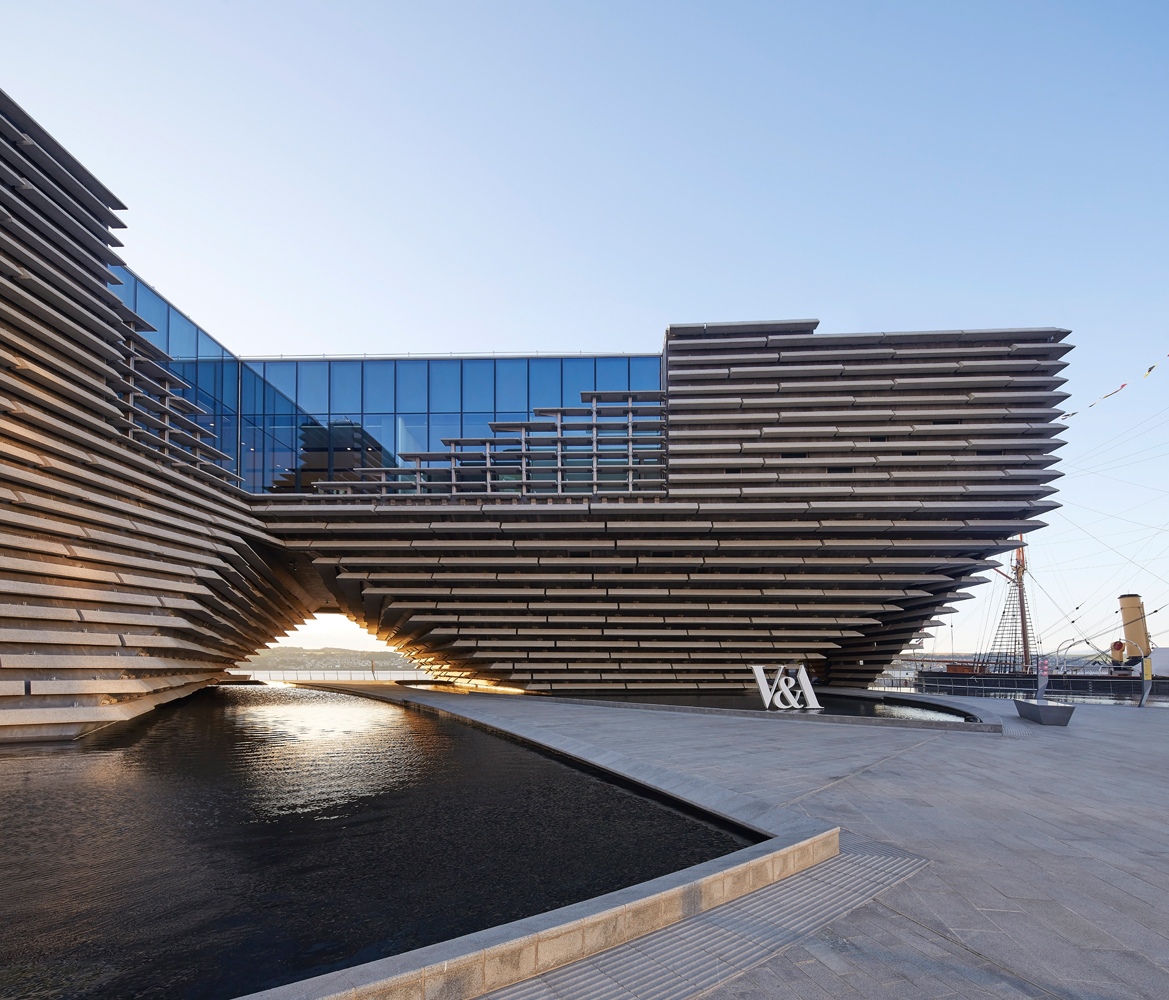
The V&A Dundee museum by Kengo Kuma. Courtesy of Hufton + Crow
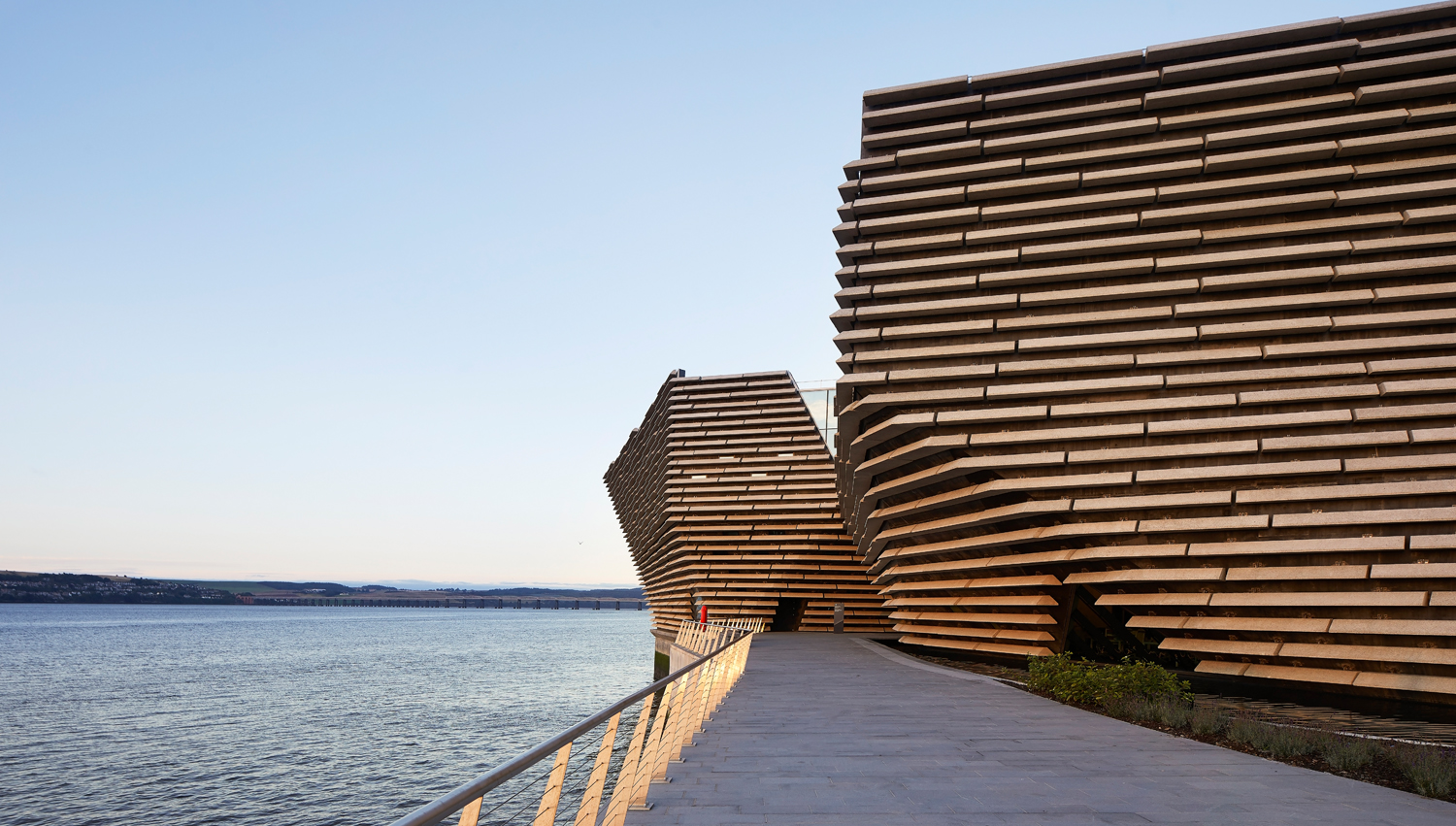
The V&A Dundee museum by Kengo Kuma. Courtesy of Hufton + Crow
Several remarkable structures exemplify the use of timber in architecture. The V&A Dundee museum in Scotland, designed by Kengo Kuma, showcases a stunning timber cladding inspired by the rugged Scottish coastline. In Switzerland, the Tamedia Office Building by Shigeru Ban features a facade composed of timber louvers, allowing for natural ventilation and daylighting.
One of the world’s tallest timber buildings, the Brock Commons Tallwood House in Canada, demonstrates the potential of mass timber construction. This student residence at the University of British Columbia showcases the sustainability benefits, reduced construction time, and appealing design made possible by using timber as the primary material.
While timber is a popular material in architecture, it does come with some disadvantages. One significant drawback is its vulnerability to moisture and decay. It can absorb moisture, leading to decay, and structural damage if not properly treated and maintained. In humid or damp environments, regular inspections, treatments, and protective measures are necessary to prevent moisture-related issues. Another disadvantage is the fire risk associated with it. Untreated timber is combustible and can contribute to the spread of fire. However, fire-retardant treatments can enhance timber’s fire resistance, and the inclusion of fire safety measures in design can help mitigate this risk. Pest infestation is another concern, so preventative measures and pest management strategies are necessary to protect timber structures.
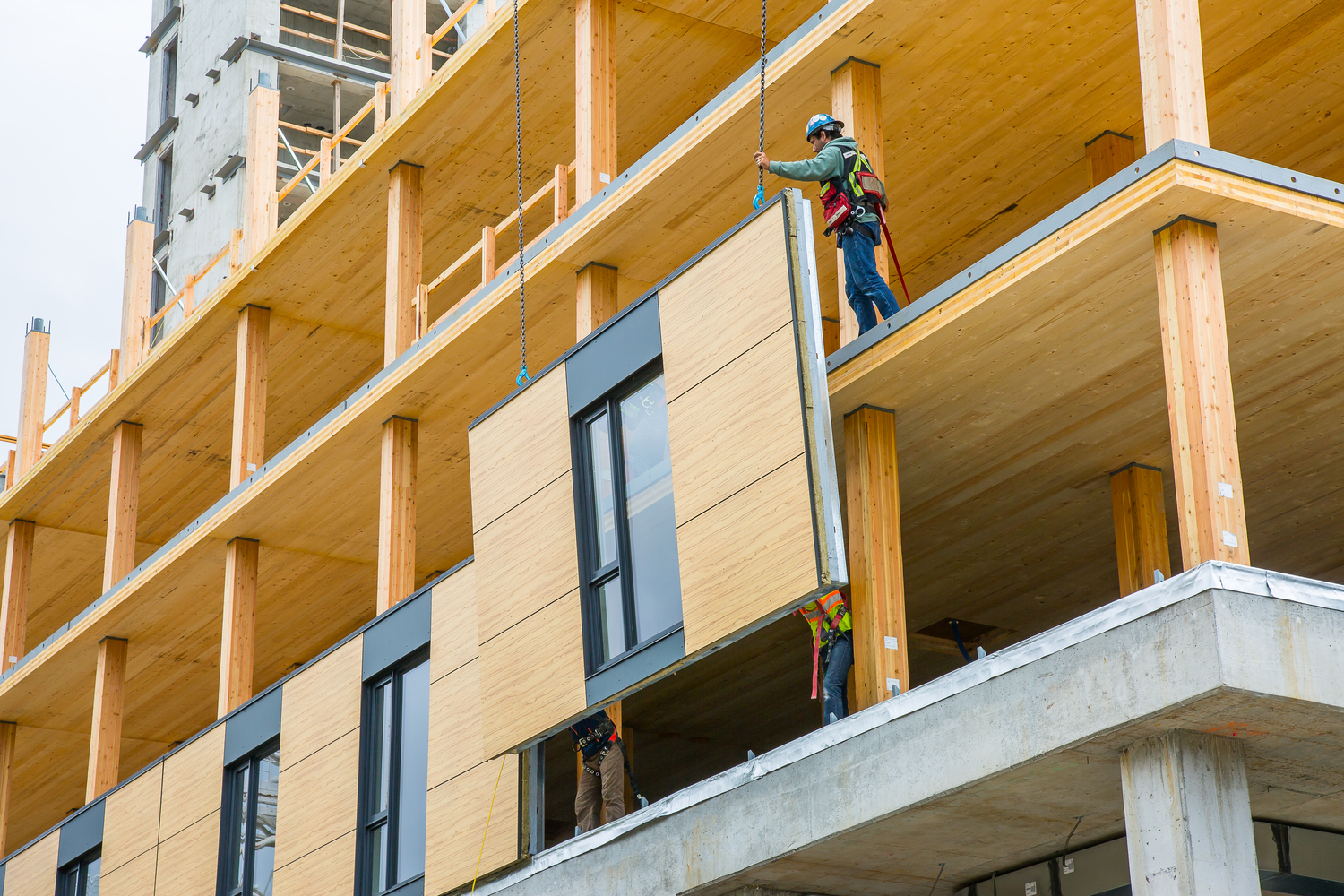
Brock Commons in Vancouver, the tallest massive timber building in the world. Courtesy of NaturallyWood
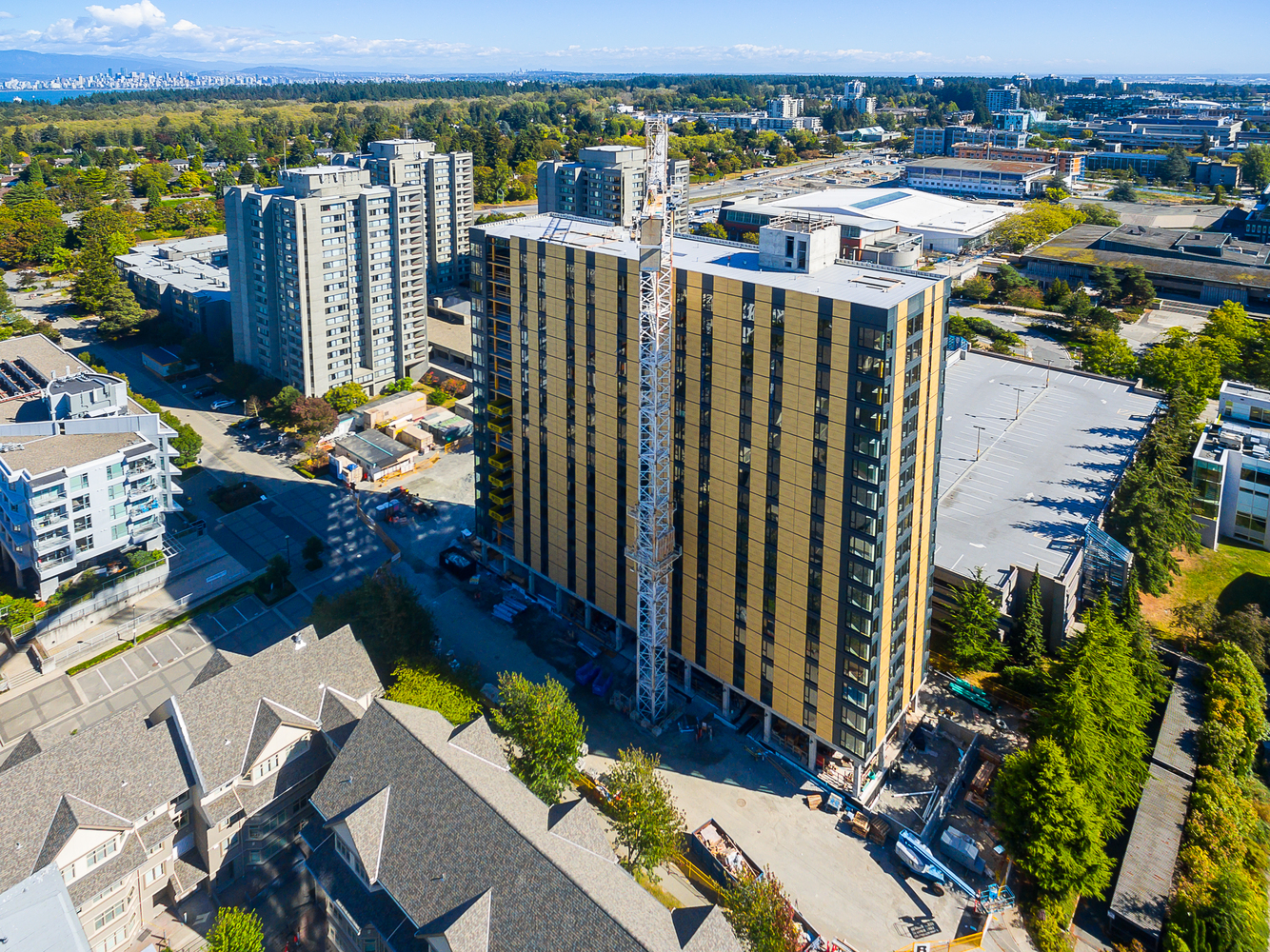
Brock Commons in Vancouver, the tallest massive timber building in the world. Courtesy of NaturallyWood
Timber also has limitations in terms of span and load-bearing capacity compared to materials like steel or concrete. Large open spaces or structures with heavy loads may require additional timber supports or alternative materials to ensure structural stability. Moreover, timber undergoes dimensional changes due to variations in humidity and temperature, which can result in gaps, warping, or distortions in timber elements. Design techniques, moisture control, and joinery methods can help mitigate these issues.
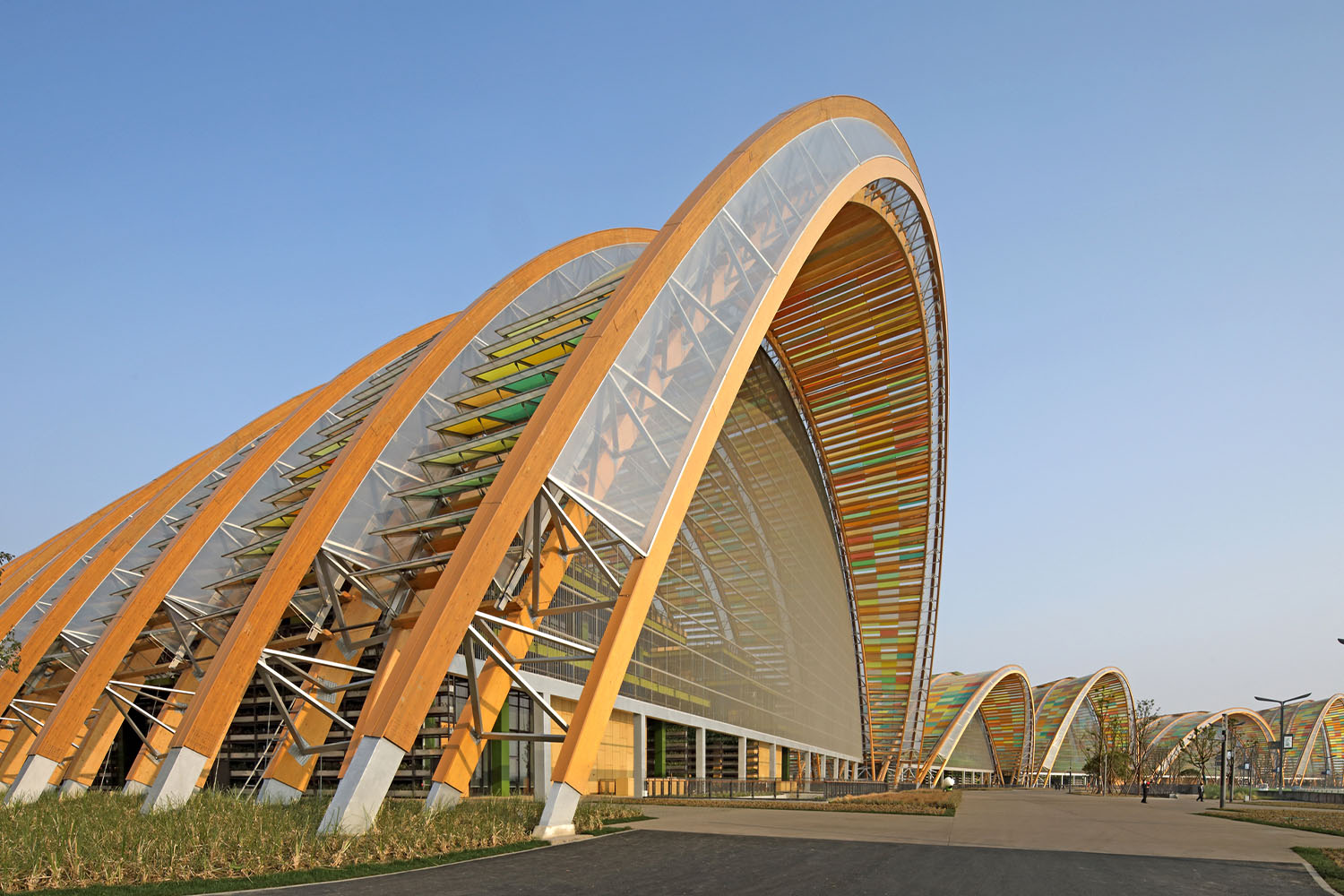
CADG-designed Tianfu Agricultural Exhibition is the largest wooden structure in Asia
Other considerations include the availability and cost. Some desired wood species may be limited or require importing, leading to higher costs. Additionally, these structures require regular maintenance to preserve their appearance and structural integrity. This includes inspections, refinishing, and treatments to protect against moisture, pests, and UV degradation. Lastly, while timber offers design versatility, there may be some limitations compared to materials like steel or glass, particularly for complex and intricate designs that may require specialized engineering techniques or additional support structures.
By understanding and addressing these disadvantages through proper design, material selection, treatment, and maintenance practices, architects can mitigate the challenges associated with timber and ensure its successful and sustainable use in architectural projects.
Timber’s widespread use in architecture continues to thrive due to its unique combination of sustainability, aesthetic appeal, and functional properties. As architects and designers prioritize environmentally conscious practices, timber emerges as an ideal choice, offering a renewable, low-carbon material that enhances the beauty and sustainability of our built environment. By harnessing the power of timber, we pave the way for a greener, more aesthetically captivating architectural future.



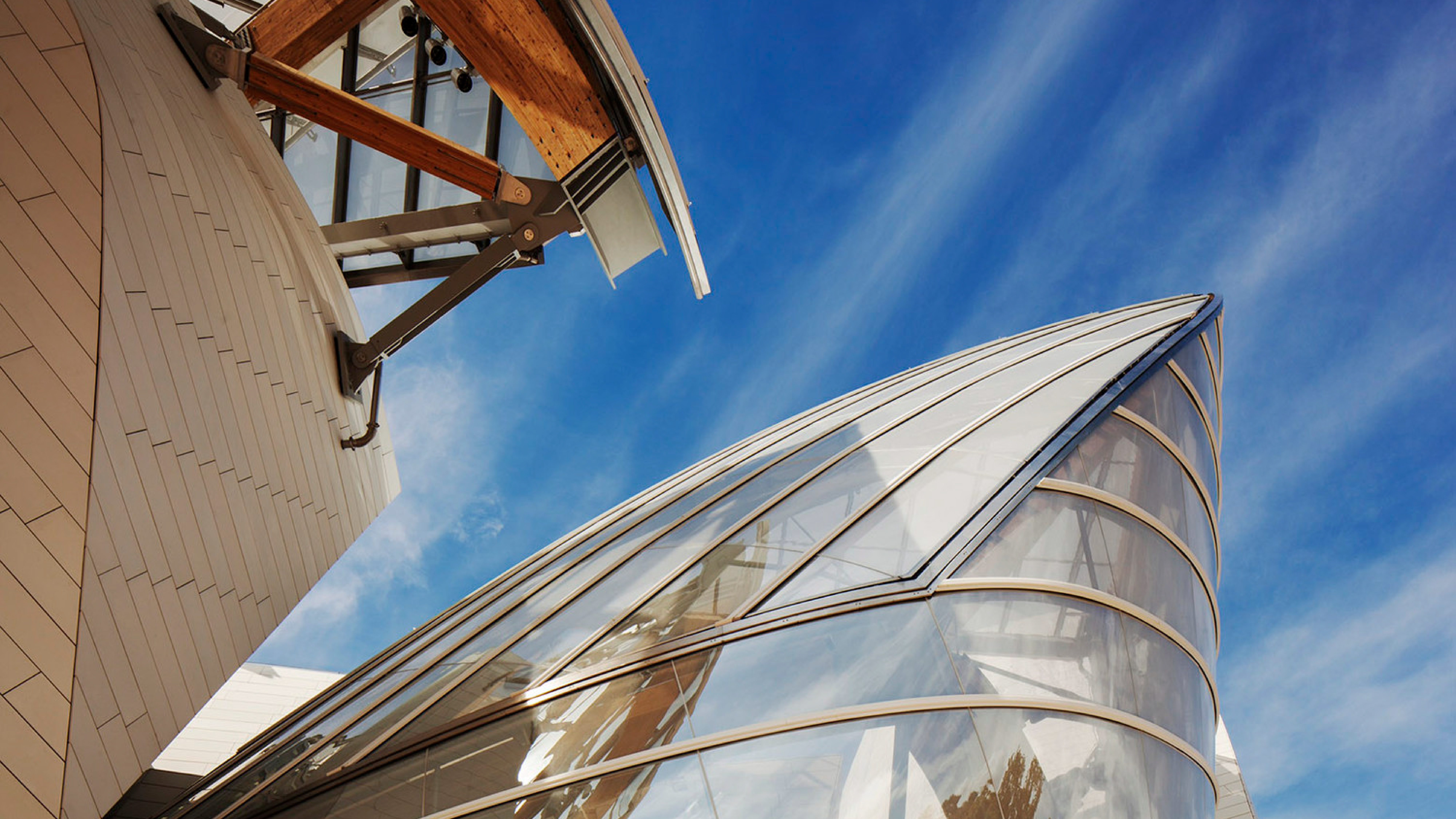
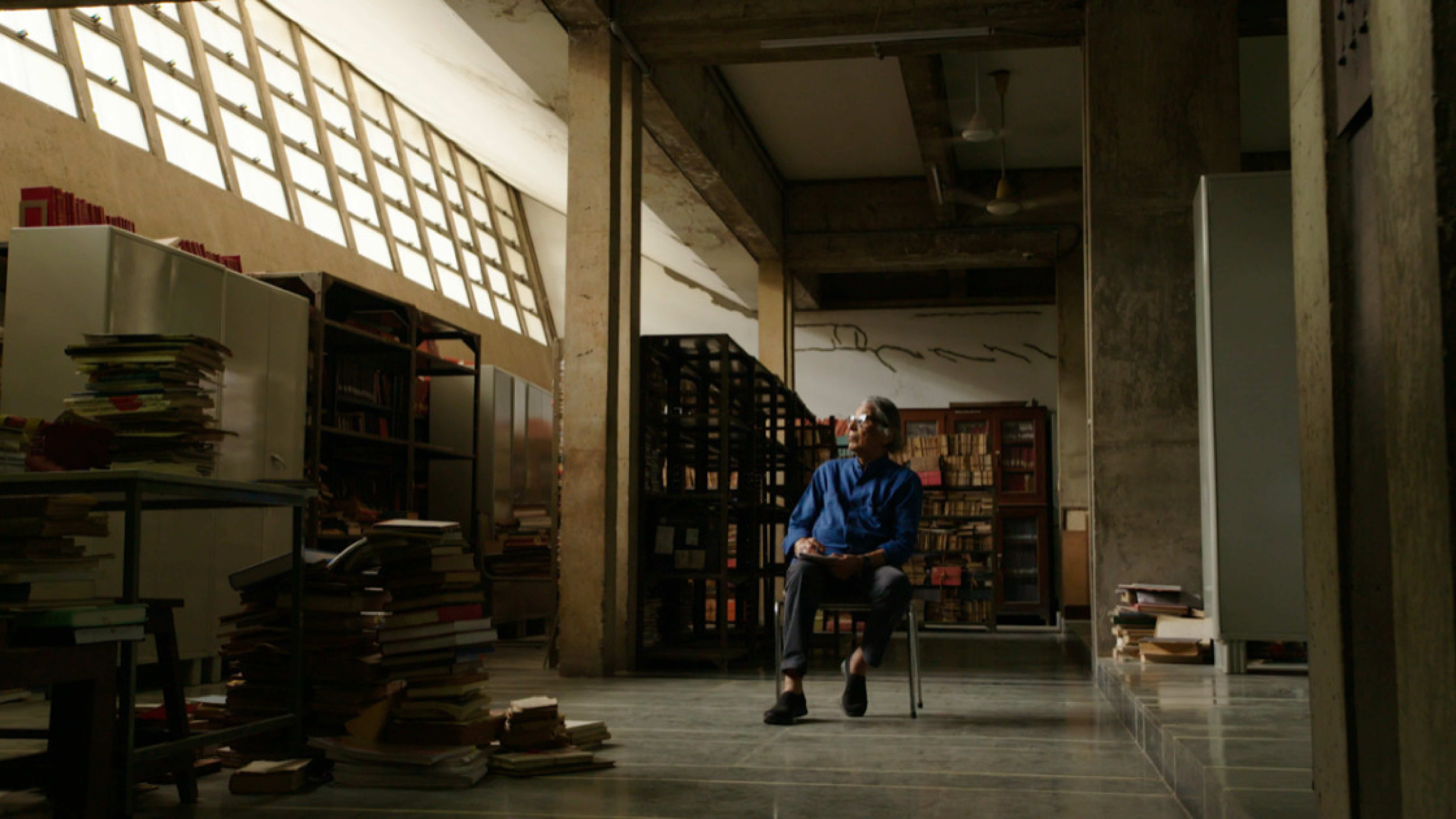
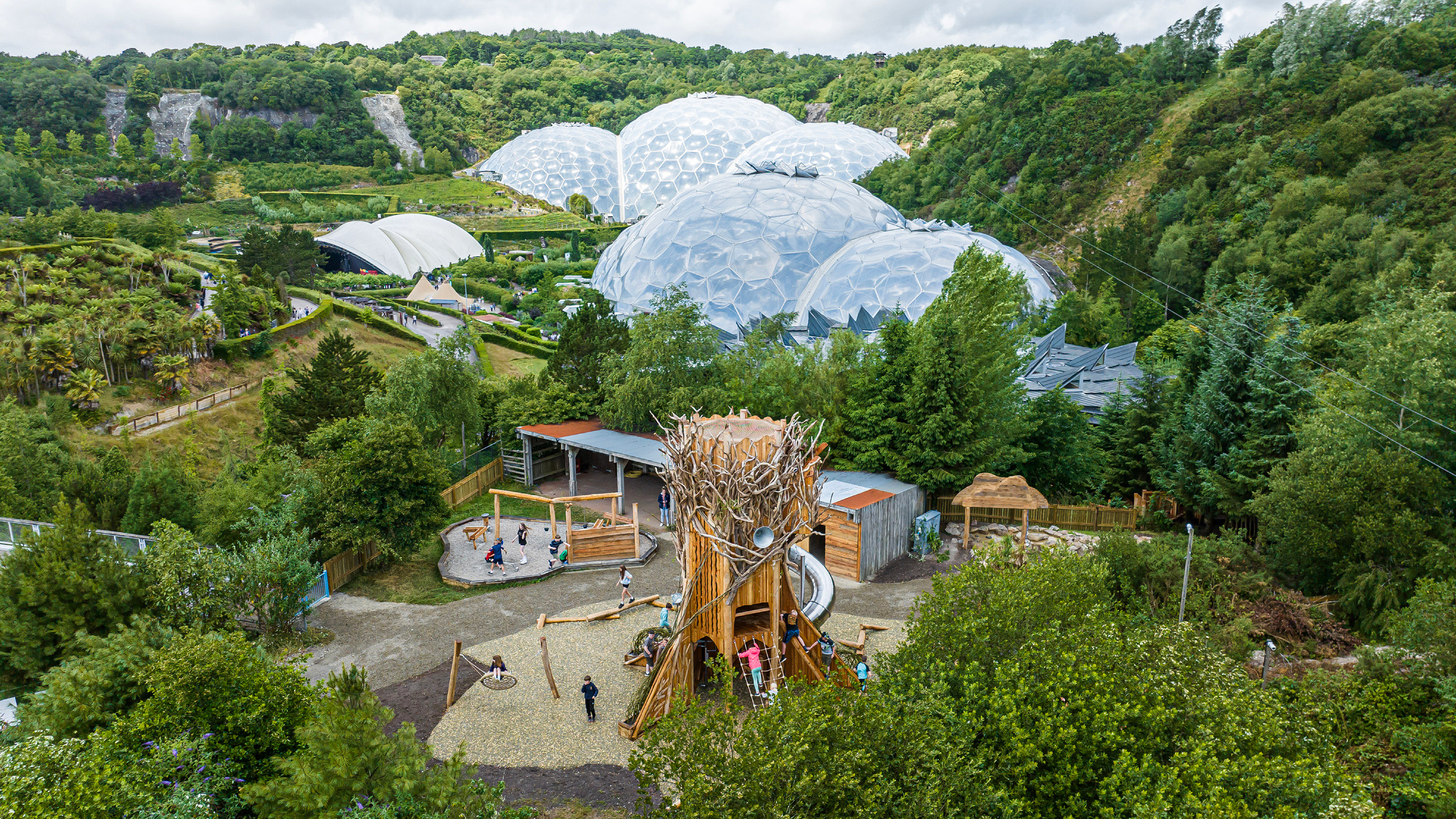

Leave A Comment